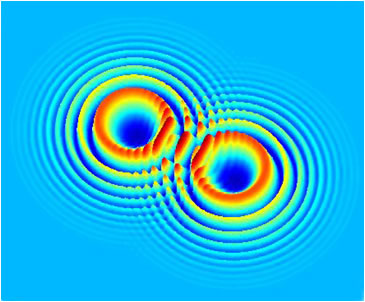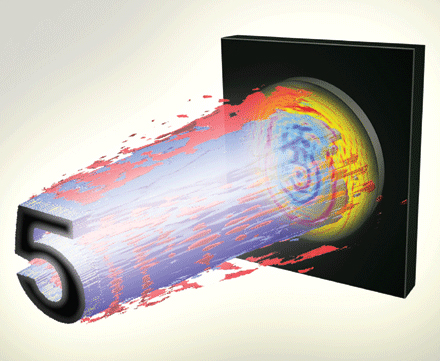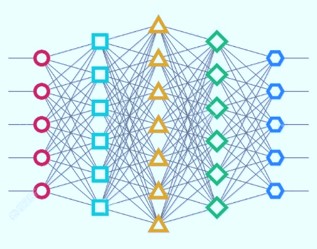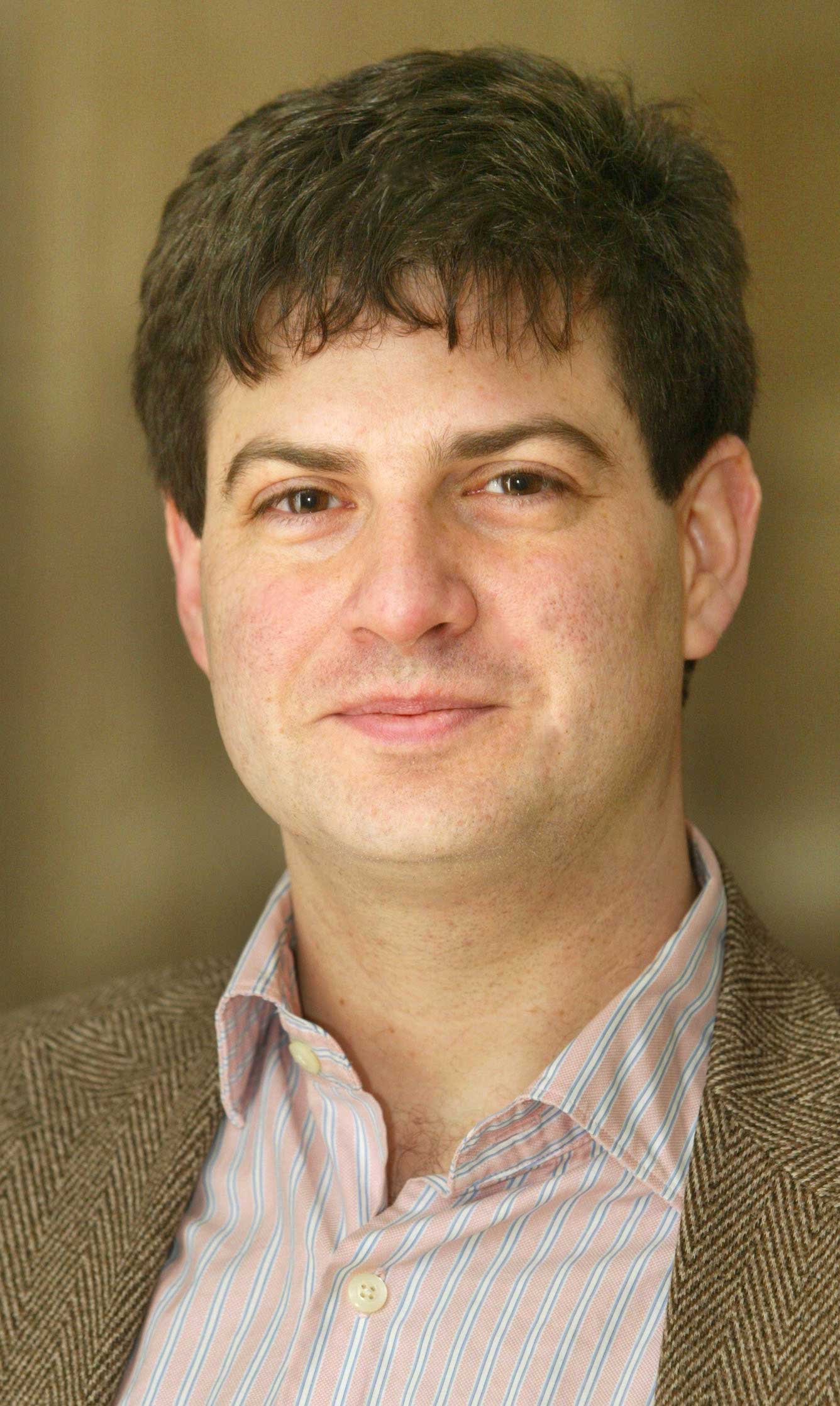Overview

Our group studies the physics of imaging and new methods of imaging physics. Examples include optical hydrodynamics, in which the propagation of light is described in terms of fluid flow, statistical physics using incoherent light, and quantum optics. The new language allows optical modeling and observation of material behavior that is difficult, if not impossible, to see by other means. It also provides a framework for the discovery of new photonic effects.

Computation, materials science, and digital technology are revolutionizing imaging. In our work, we integrate these fields to optimize imaging systems as a whole. The new methods can break traditional limits of optics and often give counter-intuitive results, such as sharper pictures by defocusing and improved signal detection by adding noise. Specific areas of interest include microscopy, computational photography, and biomedical imaging.

Machine learning excels at finding patterns and sorting them into categories. We exploit this in physics, to classify dynamics, and in biomedical imaging, to determine disease, guide treatment, and predict patient outcome. In physics, our focus is on turbulence and light scattering. In medicine, we have partnered with physicians to help with the COVID-19 pandemic.
To help or contribute data, please contact us!
News
Tariq's work on AI for COVID-19 chosen as a best abstract in European Respiratory Confeference
Tariq's ERS abstract highlighted in Medscape Medical News
Paper on topological phase transitions published in Nature Photonics
